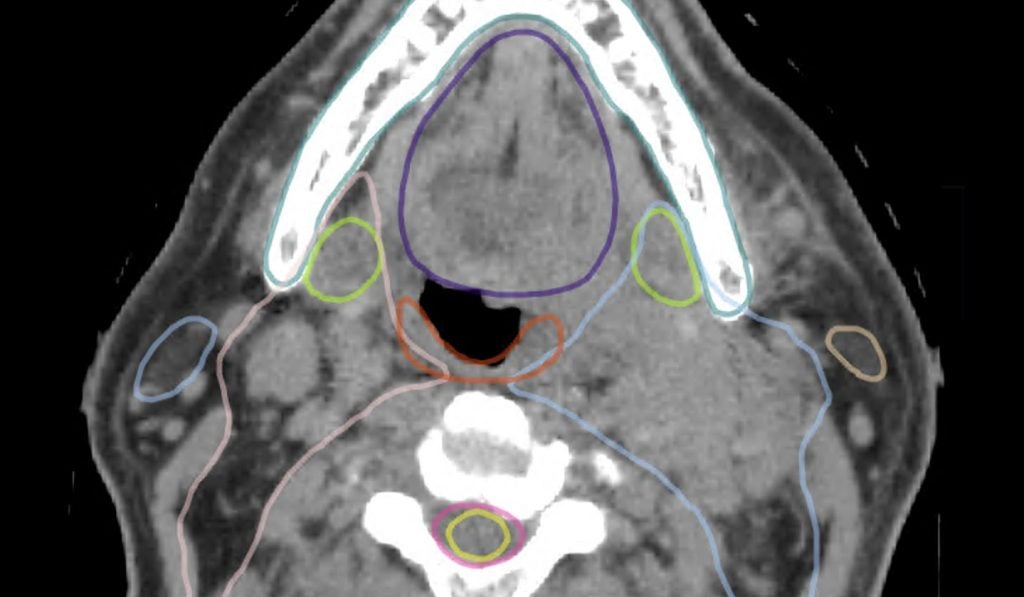
Medical device and diagnostic companies are under constant pressure to incorporate latest technologies into the products they bring to market while minimising their development costs. Analysts and consultants agree that continuous innovation is the key to creating sustainable growth for medical device companies. The question is, how can these companies best leverage their investment in innovation and increase their rate of successful new product introduction?
The Booz & Co report, ‘The Customer Connection: The Global Innovation 1000’ in Strategy+business, issue 49 gives one reason for the urgency of this question. According to the report’s findings, the amount of money spent on innovation (by the world’s largest corporate R&D spenders across a variety of industry categories) did not translate directly into increased revenue. “In the end,” write authors Barry Jaruzelski and Kevin Dehoff, “the key to innovation success has nothing to do with how much money you spend. It is directly related to the effort expended to align innovation with strategy and your customers, and to manage the entire process with discipline and transparency.”
Managing R&D
Why must medical device companies spend so much on R&D? Much of the spend traces back to the ever-increasing costs of regulatory compliance: for example, the required diligence surrounding pre-clinical and clinical trials, and the careful management and control of gigabytes of information now required for submissions. However, there are market-driven factors as well. Being first to market with a substantially better therapy, monitoring, imaging or diagnostic approach in many cases involves software capabilities which may translate into market share advantage and superior gross margins.
Speed is important because there is a fairly short window in which to turn such a profit. Constant downward pricing pressure from healthcare payers and the propensity of competitors to rapidly follow place a premium on maintaining a well-stocked innovation pipeline and moving it steadily towards the healthcare market.
See Also:
In light of the industry’s huge financial commitment to R&D and its imperative for innovation, it is obvious that companies must find a way to manage the vast and complex innovation process so that the result is something for which healthcare providers and consumers will pay attractively, and yet something that can be manufactured and deployed in a cost-effective manner.
How well do you really know your competitors?
Access the most comprehensive Company Profiles on the market, powered by GlobalData. Save hours of research. Gain competitive edge.

Thank you!
Your download email will arrive shortly
Not ready to buy yet? Download a free sample
We are confident about the unique quality of our Company Profiles. However, we want you to make the most beneficial decision for your business, so we offer a free sample that you can download by submitting the below form
By GlobalDataTo help address this challenge, medical device and diagnostics manufacturers should explore a product lifecycle management (PLM) solution that involves the parts from the application lifecycle management (ALM) regarding the software. In recent years the US Food and Drug Administration (FDA) has placed significant importance on the software application lifecycle and requires deeper traceability to software artefacts.
Vendors such as Siemens have merged PLM solutions with ALM technology from Orcanos, which is being used in the industry to address problems ranging from portfolio management to product design, to CAPA, to DHR, risk and hazard and many others. For maximising the value of R&D investments, PLM should be explored in the context of ‘integrated product planning’, which involves the ALM aspect in the final product. It covers all major elements from the medical device development process as required by the regulation.
Integrated product planning
The integrated product planning process begins with the capture of ideas and market requirements for future products with strong traceability to other submitted documents such as SRS, risk and hazard, STP, STD and STR. It includes portfolio evaluation and decision making, and extends into the creation and deployment of project plans for development, manufacture and market launch of the products.
PLM enables the integrated planning process to become faster, with more informed decision making and reduced errors. It also involves impact prediction capabilities to allow faster post-marketing analysis. PLM manufacturers have identified the following PLM best practices employed by industry leaders to improved product planning performance:
1. Digital management of requirements. As Booz & Co said, it is necessary to “align innovation with…your customers”. The ability to identify potential product opportunities is important. The ability to relate those opportunities to market requirements is critical and required by the FDA for traceability purposes. This information exists in many forms: discussion or interview notes, surveys, blogs, focus groups, provider specifications, incident data, maintenance reports and so on.
PLM/ALM best practice: PLM combined with ALM provides a simple interface for any authorised person to digitally register such information (including images, videos, sound files, links and documents) as a ‘requirement’. For added convenience and productivity, the interface is integrated with popular desktop tools (such as Microsoft Office™).
The PLM/ALM system collects and manages these requirements throughout a product’s lifecycle, and presents them back on demand so that they can be evaluated individually or in groupings, linking them to individual ideas or products. PLM/ALM provides digital traceability from a product back to the original requirements that contributed to the evolution of that product.
2. Digital portfolio optimisation. There is an inherent new product failure rate in any industry. Over the past few decades companies could fill up their pipelines and play for a blockbuster that would cover the failure of many other projects. Today companies need to be more efficient with their investments by making regular resource corrections toward the projects with the best opportunity for commercial success aligning their marketing strategy and objective with the executed programme.
PLM/ALM best practice: PLM/ALM provides a ‘portfolio management’ module that is linked to real-time project status and resource loads, as well as the business case data surrounding each project in the portfolio. PLM provides ‘what-if’ analysis capability for studying competing portfolio scenarios, empowering management to make time-critical decisions to affect resource allocations and project schedules.
3. Product platform management. A product platform strategy uses validated product configurations as the foundation for incremental extensions. This refreshes existing products with new component technologies or features, while maintaining product uniformity and identity in the marketplace. Successful variations of a platform will result in steady growth and protection of market share.
PLM/ALM best practice: A PLM/ALM solution facilitates the reuse of common platforms early in the development lifecycle by allowing visibility to all approved component configurations and to accurate schedule information for any new components that may become part of the new product. A PLM/ALM solution can provide a view of component availability that includes the capacity of approved and/or pending sources of supply from all three major components: mechanical, electronics and software.
4. Global programme execution. Geographically distributed product teams allow companies to leverage diverse competencies. The skills of external and internal resources can be combined (open innovation networks) to create unique innovations more quickly in such a model. However, controlling the information, workflow and task execution across time zones and company lines demands a new set of information technology capabilities.
PLM/ALM best practice: PLM provides a project management system to ensure that:
- progress toward all milestones and gates is continuously up-to-date and visible anywhere, anytime
- market requirements are readily accessible during individual and collaborative design sessions,
- risk and hazards are collaborated across components
- gate criteria are readily accessible to all parties involved in gate reviews.
In today’s environment, best practice execution demands supportive information technology – technology that enables management of the innovation process “with discipline and transparency”, as quoted from the Booz study. A PLM solution that includes true ALM technology is an excellent choice because it is literally designed for that purpose.
At Siemens, the company’s experience with PLM together with complete ALM in the medical device and diagnostics industry is highly positive. Siemens has seen manufacturers improve their return on innovation investment in the form of increased R&D productivity, increased innovation speed, and reduced product and process costs.





